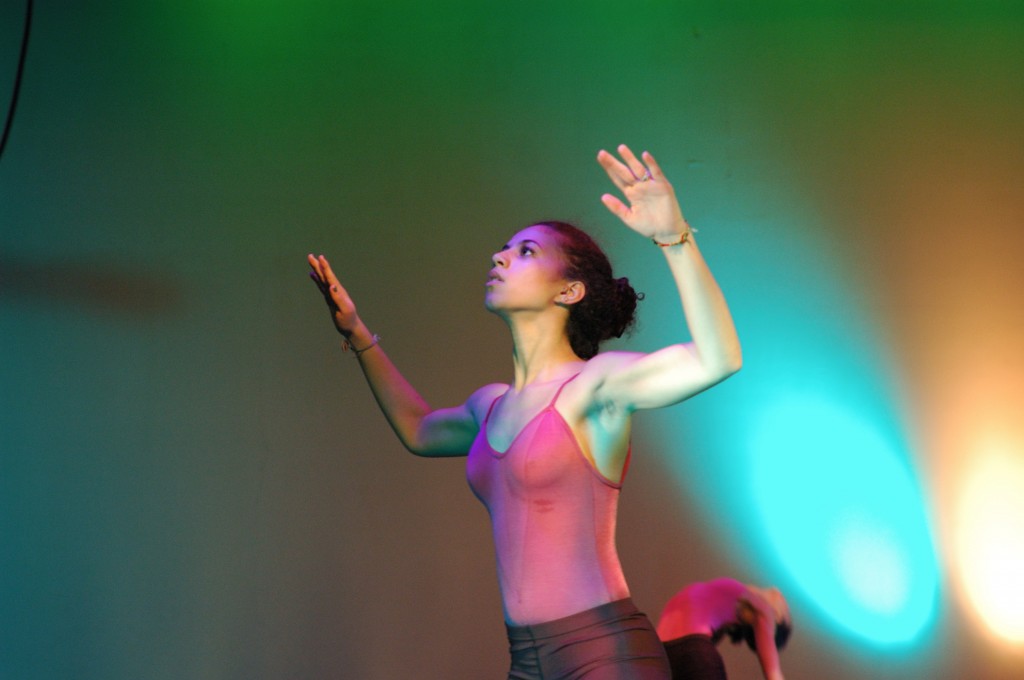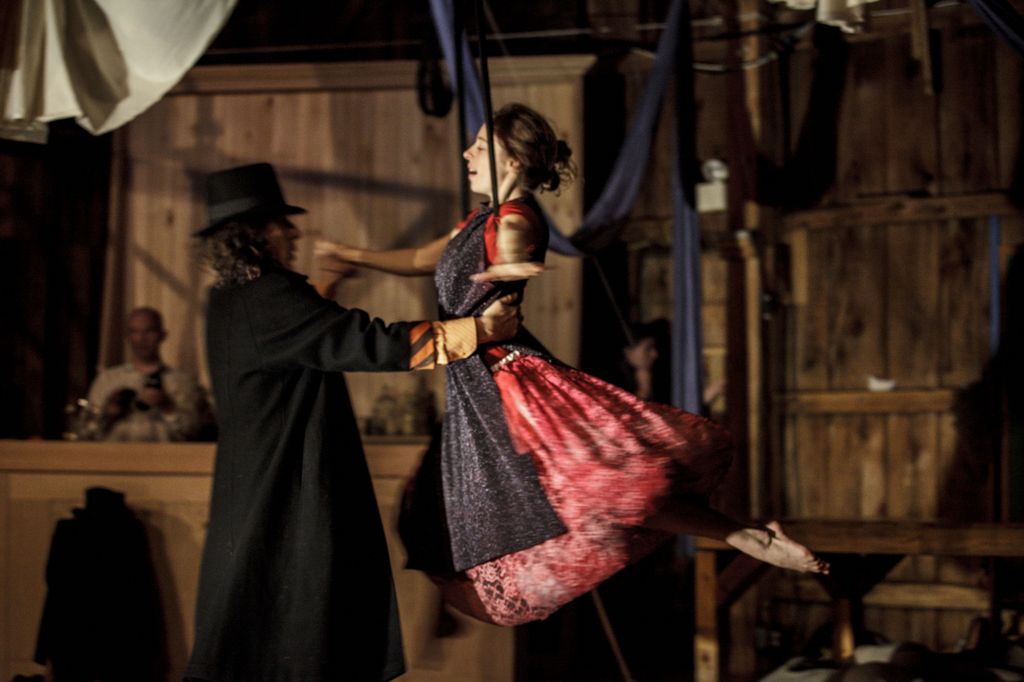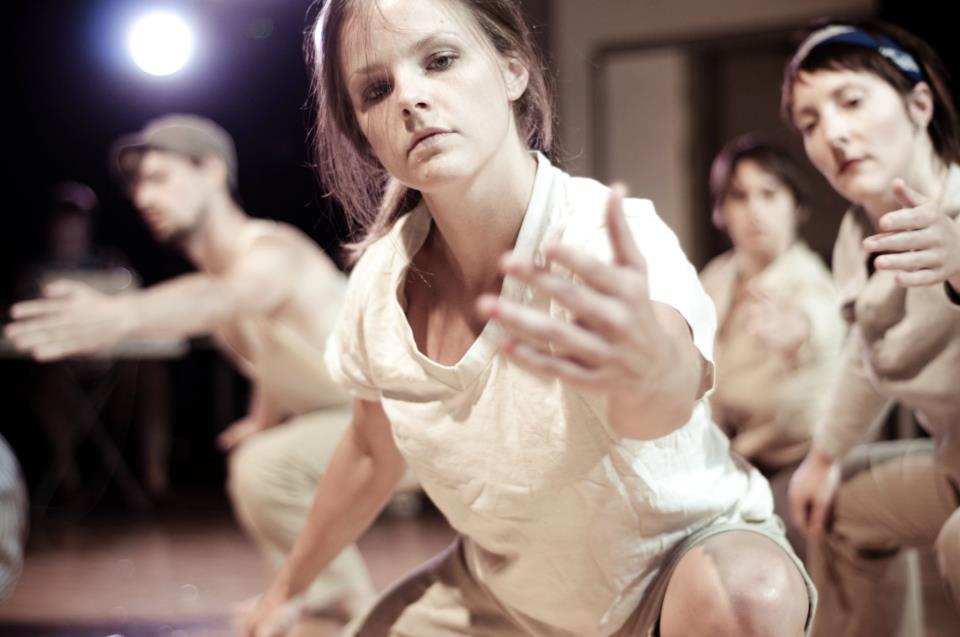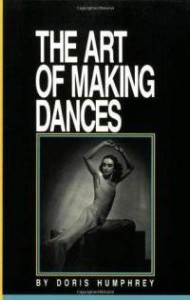
by Lauren Warnecke, MS
A choreographer does not a teacher make, and vice-versa. There seems to be a divide between the teachers and the dancemakers (perhaps as there should be), but at the end of the day, the dance teacher needs to be able to choreograph and the dance maker needs to be able to teach. At the student level, this logic makes total sense, because learning choreography is part of the student dancer’s training, and, most often, her teacher rather than a professional choreographer is teaching the dance.
At the pre-professional/professional level, the expectation to pick up quickly, and without much guidance, is astronomically higher. Studio space is expensive, and it’s the dancers’ jobs to learn movement regardless of the choreographer’s ability to teach. Picking up quickly is, in some sense, also a way to weed out dancers from the hundreds that are gunning for the one spot you have open in your company.
Look, I get it.
But I would also argue that utilizing solid teaching methods in the studio could make for a more efficient, less frustrating rehearsal process. Plus, you’re more apt to get what you really want out of the dancers.
There are three ways in which people learn: visual, auditory, and tactile cues. Some people learn through watching a demonstration, others by listening, and still others by doing. This is, in part, why traditional schoolrooms (trying to learn math by listening to a teacher talk and then writing out standardized tests) don’t work that well… but I digress. [Read more…]










